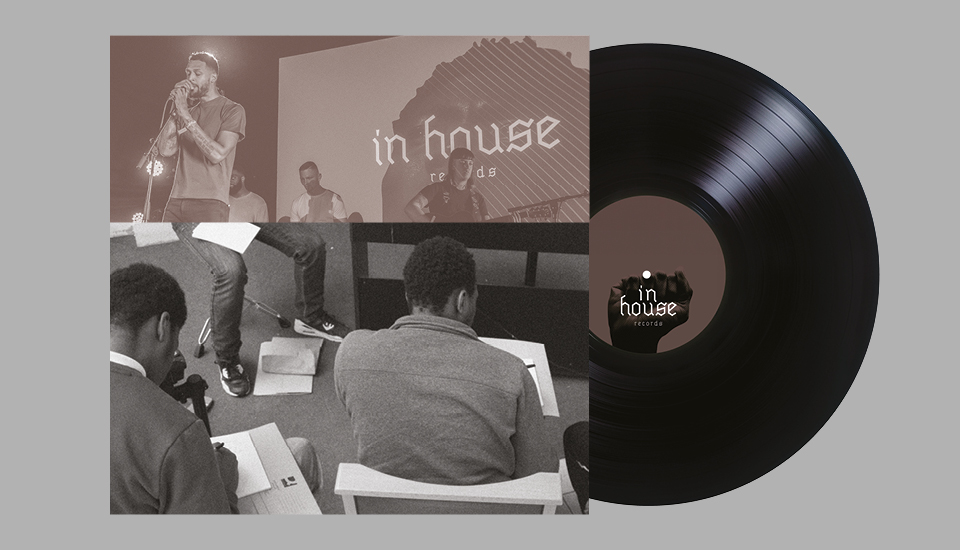“Stars! Goats! Charred bones! Dice! God’s breath! Enlightenment! Rationality! Calculus! Metahistorical patterns! Behavioralism! Insight! Multivariate analysis! Econometrics! Systems modeling! Scenarios! Big data! Machines of loving grace..."
The History of Futures, Wendy Schultz (2012)
We have always lived in uncertain times and have always sought different means of support in navigating them. Although as a field of scientific study it is relatively recent, futures thinking has existed across cultures and ages where attempts at managing uncertainty have taken many forms, from divination to witchcraft, from astrology to the concept of chance. It is easy to discount divination or magic as irrational practices vis-à-vis the ‘rational’ or ‘scientific’ foresight methodologies developed in recent decades. However, it is worthwhile to consider the similarities between the different ways of engaging with uncertainty in order to better understand the social purpose of futures thinking.
In the classic ethnography Witchcraft, Oracles and Magic among the Azande (1939), Sir Edward Evans-Pritchard compares the practice of magic among Zande people of South Sudan and the scientific reasoning that characterises Western thought. His primary concern was with rationality, and through this ethnographic study he strived to demonstrate that, even though magic is radically different from science, they are equivalent to each other in the way that they both function as a way of describing one’s experiences and inferring causal relationship between natural and social events.
He also pointed out that in British society, magic is considered as something supranatural and beyond the capacity of human understanding, if it is considered at all. For Azande, magic is something deeply embedded in their everyday life and ways of thinking. It is also something that exists within the realm of the natural and is associated with a physical presence of the witchcraft substance in the body of the witch. ‘In Zande culture witchcraft is so much a daily consideration, is so much taken for granted, and so universal’ writes Evans-Pritchard ‘that a man might easily suppose that since anyone may be a witch it is possible that he is one himself’.
Evans-Pritchard argues that Zande conception of magic can be compared to the idea of chance in our culture. They understand witchcraft as umbaga or second spear. In Zande culture, when an animal is killed during a hunt, the meat is divided between the man who first speared the animal and the one whose spear hit the animal second. ‘These two are considered to have killed the beast and the owner of the second spear is called umbaga’ writes Evans-Pritchard ‘Hence if a man is killed by an elephant Azande say that the elephant is the first spear and that witchcraft is the second spear and that together they killed the man’. In other words, the Azande understand the casual relationships between events, for example the physiological reasons for injury or illness, and the general and universal conditions of events. Witchcraft helps explain the particular and variable conditions of these events:
Fire is hot, but it is not owing to witchcraft, for that is its nature. It is a universal quality of fire to burn, but it is not universal quality of fire to burn you. This may never happen; or once in a lifetime, and then only if you have been bewitched. (Evans-Pritchard, 1939).
Evans-Pritchard proposes that science and magic, although they create very different discourses, are essentially equal in their capacity to allow humans to rationalise the world around them and explain what cannot be seen directly. The notion of witchcraft is inseparable from misfortune, illness and death. It is precisely because being faced with death is being faced with uncertainty that witchcraft is invoked as something that bridges the gap between the universal and the general. Here, between the familiarity of death as something natural that happens, and strangeness of it as it happens to a specific individual.
In his book Argonauts of the Western Pacific (1922), Malinowski argued that magic and science can have equivalent functions, as they are both mechanisms of organising one’s experience of the world around them and understanding causality in natural processes, and therefore is reasonable in addressing the psychological needs of an individual as a true social act. Evans-Pritchard goes a bit further as he distinguishes between rationalism and empiricism. Whereas the modes of rationalising can be either scientific or magical, empirical understanding of the world can exist alongside both, as exemplified by the Zande conception of the first and second spear.
Similarly, futures thinking and foresight can perform the social and psychological functions that magic and witchcraft do in the above example. The value of foresight in planning and political decision-making is undeniable, given that thinking about the future and trying to cope with the inescapable uncertainty of life seem to have always been be an integral part of the human condition. Yet if our happiness always depends on something expected in the future we are, as Alan Watts eloquently notes in Wisdom Of Insecurity: A Message for an Age of Anxiety (1987), “chasing a will-o’-the-wisp that ever eludes our grasp, until the future, and ourselves, vanish into the abyss of death’.
Indeed, this is the ultimate paradox: living a life of uncertainty yet knowing the certainty of its outcome. Perhaps, then, we should consider these broader ways in which thinking about the future can be valuable for communities and individuals. We attempt this in our report ‘A stitch in time? Realising the value of futures and foresight’, where alongside looking at foresight as a powerful policymaking tool, we explore the potential of futures literacy as an emancipatory practice and the value of the future and long-term thinking in our everyday lives, in our communities, organisations and governments.
Related articles
-
Making the most of your late career
Comment
Ann Thorpe
How do you harness your potential in the last chapter of your career? Ann Thorpe explains how the Late Career Alliance could help to craft your career narrative, impact and legacy.
-
-
Soul conversations
Feature
Judah Armani
A designer’s unorthodox approach is transforming the way education is delivered in prisons across the UK and in the US.



